Part IX: Cruise
Chapter 43 -- Starting Over
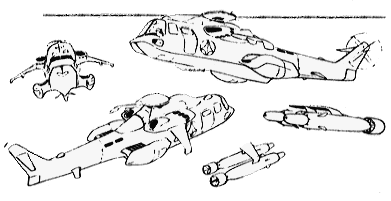
SH-85 "Sea Sergeant" Anti-Submarine/Cargo/Rescue Helicopter
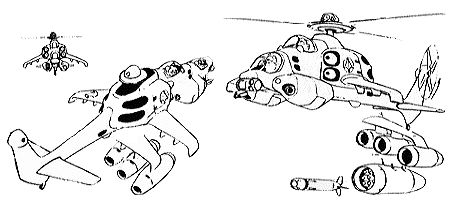
MBB AH-72 "Commanchero" Attack Helicopter
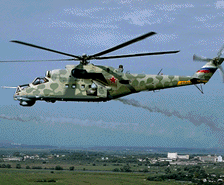
Soviet-built Mi-24 "Hind"
Chapter 43 -- Starting Over
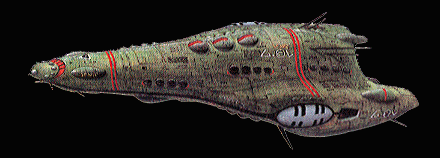
Thuverl Salan Zentraedi Scout Cruiser
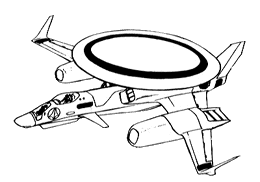
ES-11D "Cat's Eye" AEWACS Air/Spacecraft



